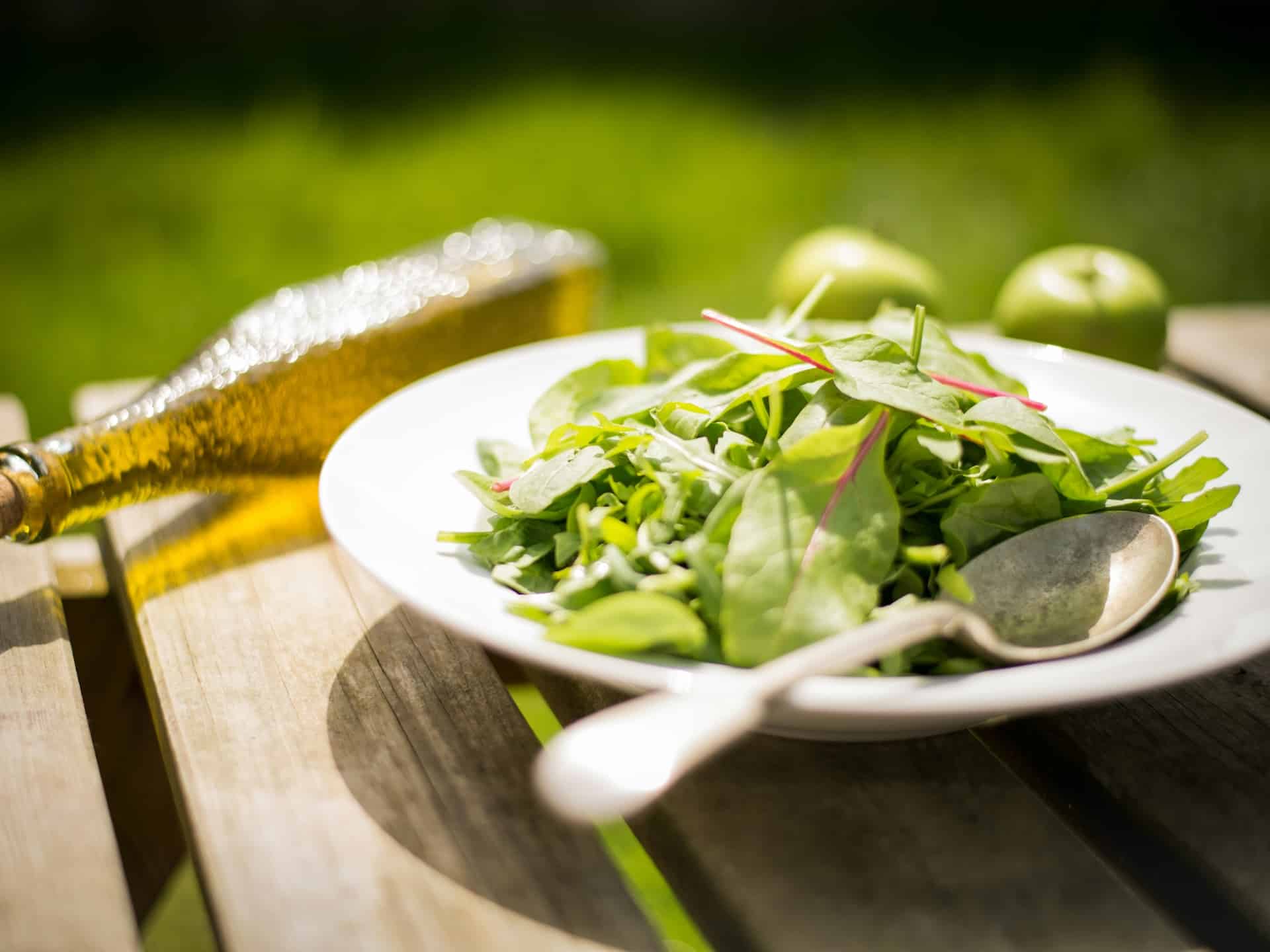
Calcium is the most abundant mineral in the human body. It is also the fourth component of our body, after water, proteins and fats. More than enough data to understand its enormous importance and why the diet must provide a minimum intake of this mineral.
Functions and benefits of calcium
98% of calcium is concentrated in bones and teeth, to which it gives consistency and structure. We can also find it in small quantities in many other tissues, since it intervenes in blood coagulation, muscular contraction, the transmission of nerve impulses and hormonal secretion.
At birth, We only have about 26-30 grams of calciumAn adult woman can have up to 1.2 kilograms of calcium and an adult man, up to 1.4 kilograms.
Minimum recommended intake
In Spain the Recommended Intake (RI) for a healthy adult is 900 milligrams per dayPreteens and teens should take around 1,100 milligrams, while older adults should take around 1,000 milligrams. Pregnant and breastfeeding women are advised to increase their intake to 1,000 and 1,200 milligrams, respectively.
| Recommended daily intake of calcium | ||||
| Age | Man | Women | Pregnant | Lactation |
| 0–6 months* | 400 mg | 400 mg | ||
| 7–12 months* | 525 mg | 525 mg | ||
| 1–3 years | 600 mg | 600 mg | ||
| 4–8 years | 700 mg | 700 mg | ||
| 9–13 years | 1,100 mg | 1,100 mg | ||
| 14–18 years | 1,000 mg | 1,000 mg | ||
| 19–50 years | 900 mg | 900 mg | 1,000 mg | 1,200 mg |
| 51–70 years | 1,000 mg | 1,000 mg | ||
| >70+ years | 1,000 mg | 1,000 mg | ||
| *Adequate Ingestion. SOURCE: Recommended Dietary Allowances for the Spanish population. Spanish Federation of Nutrition, Food and Dietetic Societies (FESNAD), 2010. |
||||
Age influences calcium absorption
There is an inverse relationship between calcium intake and absorption. In other words, the more calcium we eat, the less we absorb. If we only take 200 milligrams a day, approximately one-fifth of the recommended amount, our body is able to assimilate up to 45% of the calcium in food. On the other hand, if we take 2,000 milligrams, exactly double the recommended amount, we will only assimilate 15%. That said, it is important to stick to the amounts that have been studied as optimal for a good calcium balance.
The age It can also affect the absorption of calcium from the diet. Net absorption of calcium from the diet is up to 60% in infants and young children. This is how the body ensures the necessary intake for bone growth. As we age, calcium absorption is less stable. This also increases the risk of osteoporosis and osteopenia.
Calcium side effects
Although it would be correct to talk about the side effects of excess of this mineral. hypercalcemia (serum levels greater than 10.5 mg/dL) and the hypercalciuria (urine calcium levels of 250 mg/day in women and 275 mg/day in men) are rare in healthy people. They are usually the result of other pathologies, such as cancer, primary hyperparathyroidism and other conditions, but not due to dietary intake of calcium-rich foods.
Excess calcium can cause poor muscle tone, kidney failure, hypophosphatemia, constipation, nausea, weight loss, fatigue, polyuria, cardiac arrhythmias, and an increased risk of mortality from cardiovascular disease.

Factors that facilitate or interfere with calcium absorption
To ensure that we replenish our calcium stores, we should keep our vitamin D stores well-filled and consume foods that provide vitamin C.
You should also consider foods that ‘steal calcium’, that is, those that hinder calcium absorption. The strategy is to consume them in different meals. These are the following:
- Foods rich in fibersuch as nuts or whole grains, since excess fiber sequesters some of the minerals.
- Foods rich in ironsuch as red meat, organ meats, bivalves or supplements. For this reason, it is not advisable to eat foods containing iron and calcium at the same time.
- Foods with oxalatesThese compounds are also mineral sequestrants. They are present in leafy vegetables, such as spinach, chard, etc., beets, strawberries, cocoa, etc.
- Tanninsdue to their sequestering effect on the digestive tract. They are found mainly in red wine, tea and coffee.
- Foods with compounds that sequester minerals, including calcium. The following stand out: phytates, phosphorus salespresent in whole grains, legumes, nuts and seeds, and some vegetables such as green beans.
It is not clear whether this chelating (sequestering) effect occurs in the digestive system, or if it is a later effect, since its presence in the diet is associated with a lower risk of kidney stones and arterial calcification.
15 foods with a lot of calcium and how to get the most out of them
Although I believe that milk is the food with the most calcium, this is not the case. Santiago Landín, from the ALDI Purchasing Department, tells us that there are many other foods rich in calcium that are not dairy products. We can even find nuts with calcium and vegetables with calcium. The advice of dieticians-nutritionists is to alternate them within a healthy and varied diet and incorporate them into any meal of the day.
Below we give you a table with foods rich in calcium and tips to easily incorporate them into your diet.
| CALCIUM CONTENT (mg/100 grams) | ||
| Food | Advice | Amount of calcium |
| Emmental, ball or Roquefort cheese | Limit from time to time and in portions of no more than 40 grams due to its contribution of saturated fats and salt. | 560-850 |
| Manchego type cheese | Although it is a Spanish classic, avoid pairing them with wine, as it hinders the absorption of calcium through the tannins. | 470 |
| Sardines in oil | The key is to drain them well first and then eat the bones as well, which are high in calcium. | 400 |
| Almonds, | Incorporate them into your mid-morning or mid-afternoon snack. | 240 |
| Crayfish, prawns, shrimps | They also provide a significant amount of protein. | 220 |
| Burgos’ cheese | Ideal to add to salads. | 186 |
| Yogurts and fermented milks | Incorporate them into breakfast, as a dessert after lunch or dinner, or as a snack with seasonal fruits. | 180-127 |
| Dried figs | One of the preferred sources of calcium for vegans. | 180 |
| Chickpeas | Those sold in preserves are a minimally processed, healthy food and a great pantry staple. | 145 |
| Pistachios | An easy snack to grab at the office and on field trips. | 136 |
| Cow milk | Better semi or skimmed. | 130 |
| Brassicas (cabbage of all types, cabbage, Brussels sprouts) broccoli, | Vegetables with more calcium and low in oxalates Steamed or sautéed, they are a perfect garnish for eggs, meats, legumes or fish. | 100-200 |
| bean | Better with sautéed vegetables and olive oil than sausages and fatty meats. | 130 |
| Clams, cockles… | Perfect as an appetizer or snack. | 120 |
| Walnuts | They also provide us with omega 3 fatty acids. | 70 |
| Source: Navarra University Clinic | ||
The ALDI Council
To make the most of the calcium in food, don’t forget to add foods with vitamin C to your menu. You have many to choose from, including fresh fruits and vegetables, which are the only dietary source of this vitamin.
Santiago Landin. Category manager at ALDI Spain.







